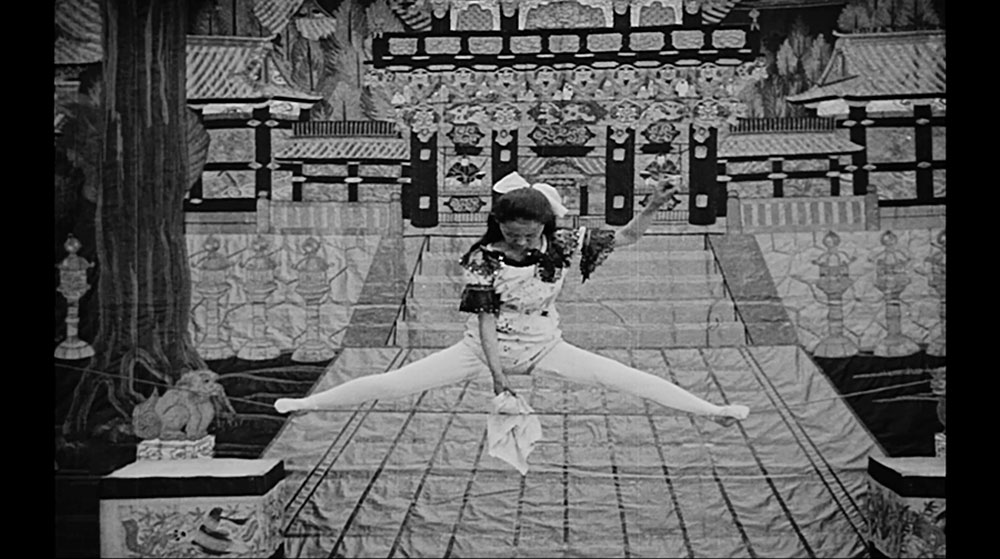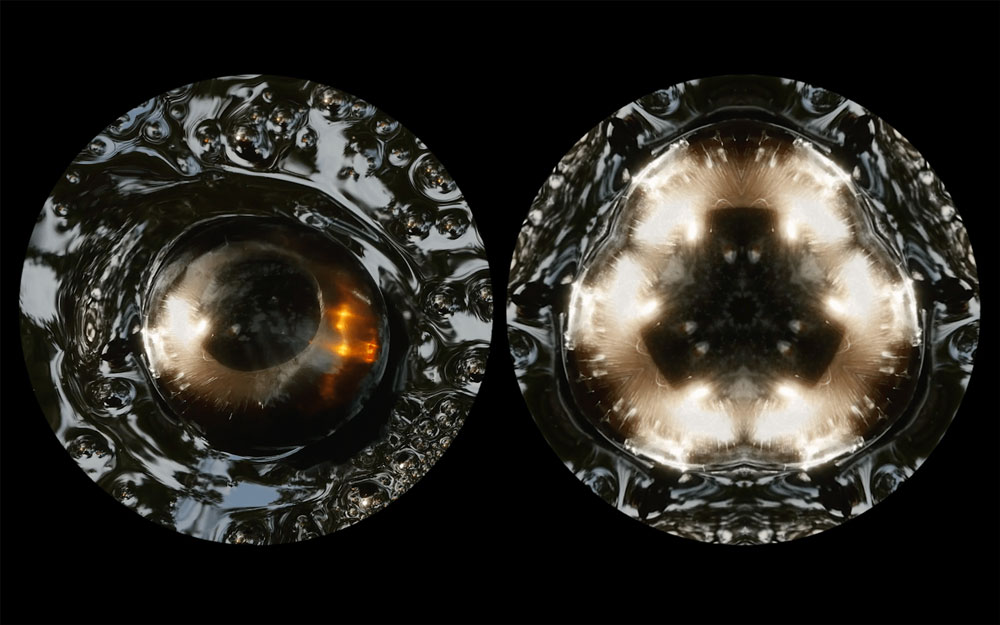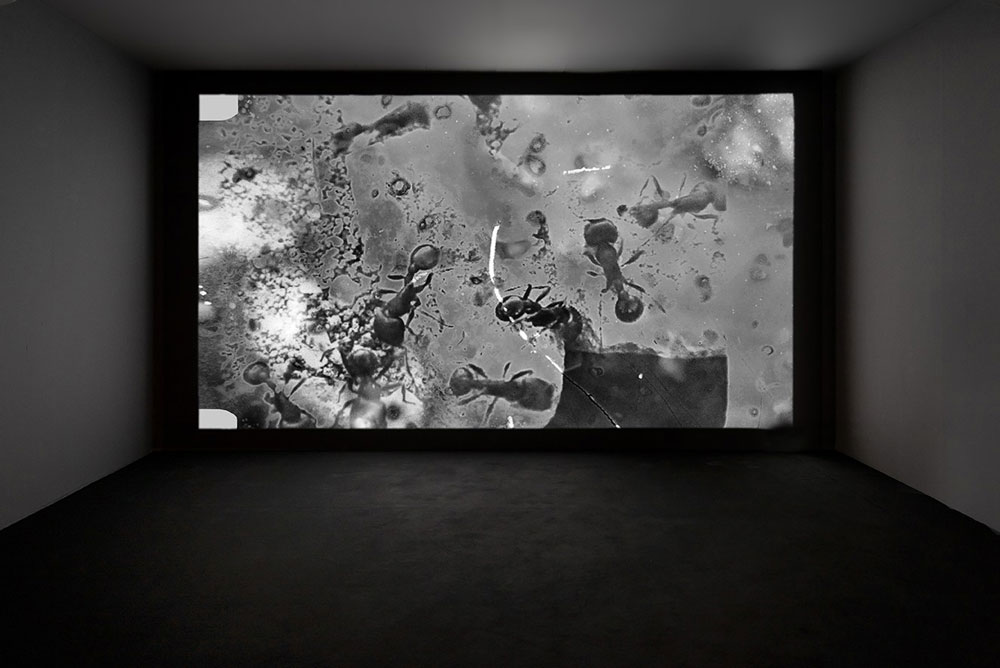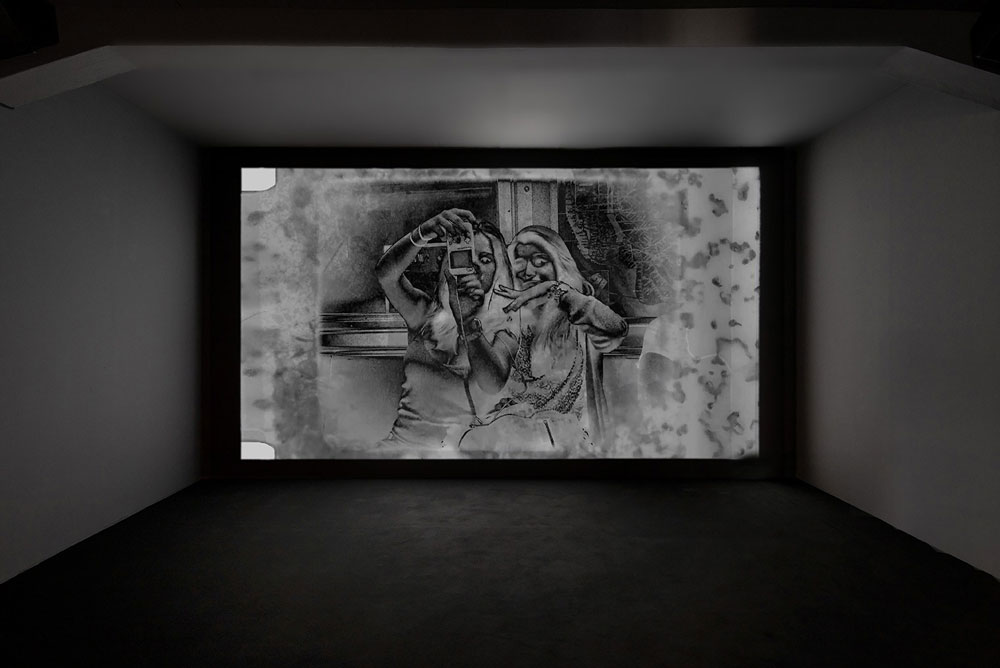ART CITIES:London-Leslie Thornton
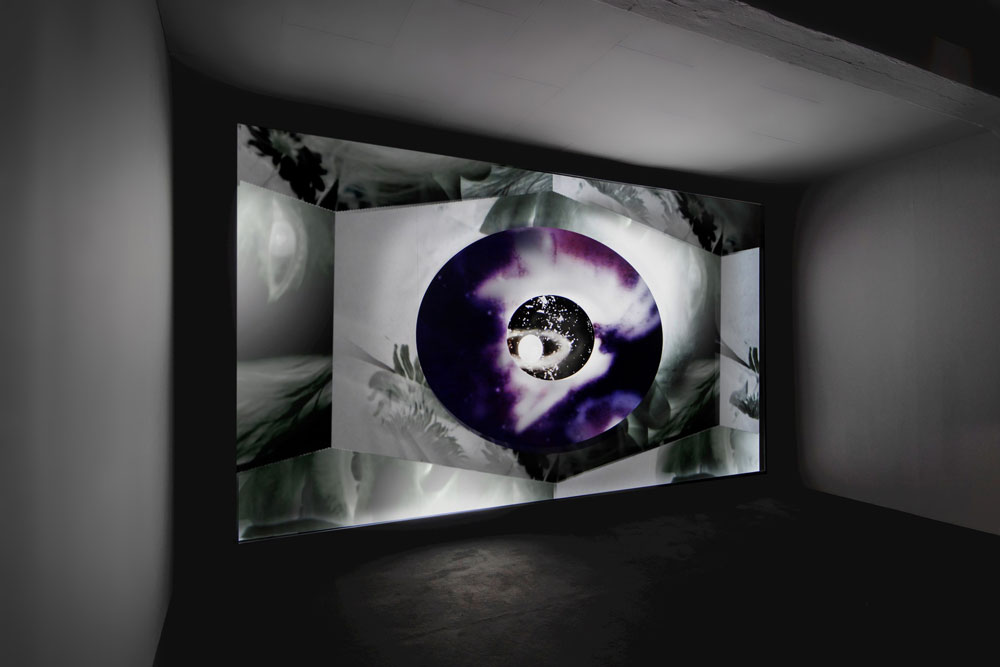 The American filmmaker and artist Leslie Thornton creates vigorously experimental film and video. All her work delves into the mystery and ongoing investigations into the production, creation and distribution of meaning through and within media. One finds that with Leslie Thornton both form and content are critical and inform each other.
The American filmmaker and artist Leslie Thornton creates vigorously experimental film and video. All her work delves into the mystery and ongoing investigations into the production, creation and distribution of meaning through and within media. One finds that with Leslie Thornton both form and content are critical and inform each other.
By Dimitris Lempesis
Photo: Rodeo Gallery Archive
Leslie Thornton’s newly conceived film “Cut from Liquid to Snake” is on presentation at Rodeo Gallery in London. An entry point to the work is the artist’s metaphorical use of the Higgs Boson*, first encountered in her recent residency with Richards at CERN. In her own words, “the Higgs field can be described as a gel that whips through particles and precipitates attractions”. The film has five distinct passages, each organized around a vocal event. It begins with a sequence in which the artist’s half of a telephone conversation is heard. This call was made on the morning that Trump was elected President. “In the film you hear my agitated voice, with all the gaps between my words cut out, and there is no audio of the other person on the line”. A second passage involves an eyewitness account by a female of the bombing of Hiroshima in World War II. This woman is interviewed by a US Army sergeant in the Fall of 1945, soon after the event. She speaks in an absolutely chilling way, describing the most horrific deformations of the human body in a matter-of-fact tone. The image for this section is of the La Brea Tar Pits in Los Angeles. Bubbles of gas rise through black tar and burst. The sun refracts across the surface, producing an image of beautiful horror, not unlike Bruce Conner’s film “Crossroads” (1976), showing footage of H-bomb tests. Interwoven into this new work is Thornton’s complex emotional response to her own family history. Both the artist’s father and grandfather (unbeknownst to each other at the time) were engineers in the Manhattan Project, and it was Thornton’s father who screwed the last bolt into the atomic bomb dropped on Hiroshima. Before loading it onto the plane he wrote his own, his father’s and mother’s names on the bomb casing – an inscription of familial dedication, and authorship, a complex legacy that has preoccupied the artist and her work in an ongoing way. From a young age Leslie Thornton was engaged in Avant-Garde cinema due to weekly screenings of experimental film at a Unitarian church in Schenectady, NY that she regularly went to as a teenager in the 1960’s. This unlikely event helped guide Leslie’s aesthetic. In the early 1970s Leslie Thornton used her artistic talents in the world of painting. Although she painted for less than ten years she produced a large body of work. Leslie Thornton attended the State University of New York in Buffalo, New York. While studying she worked with filmmakers such as Hollis Frampton, Paul Sharits, Stan Brakhage and Peter Kubelka. She also studied with Richard Leacock and Ed Pincus at MIT in Cambridge, MA. Leslie Thornton has received many awards, including the Maya Deren Award, the first Alpert Award in the Arts for media, a nomination for the Hugo Boss Award, two Rockefeller Fellowships, and grants from the National Endowment for the Arts, New York State Council on the Arts, New York Foundation for the Arts, Jerome Foundation, and Art Matters.
* The Higgs boson is an elementary particle in the Standard Model of particle physics, produced by the quantum excitation of the Higgs field, one of the fields in particle physics theory.
Info: Rodeo Gallery, 125 Charing Cross Road, London, Duration: 2/411-22/12/18, Days & Hours: Tue-Sat 11:00-18:00, http://rodeo-gallery.com
